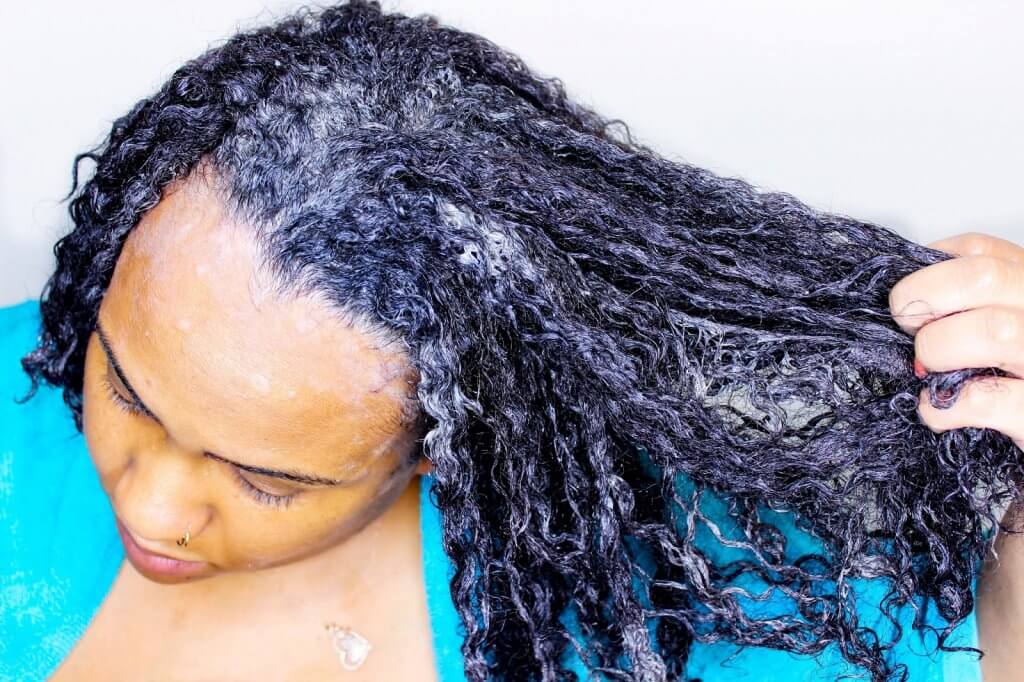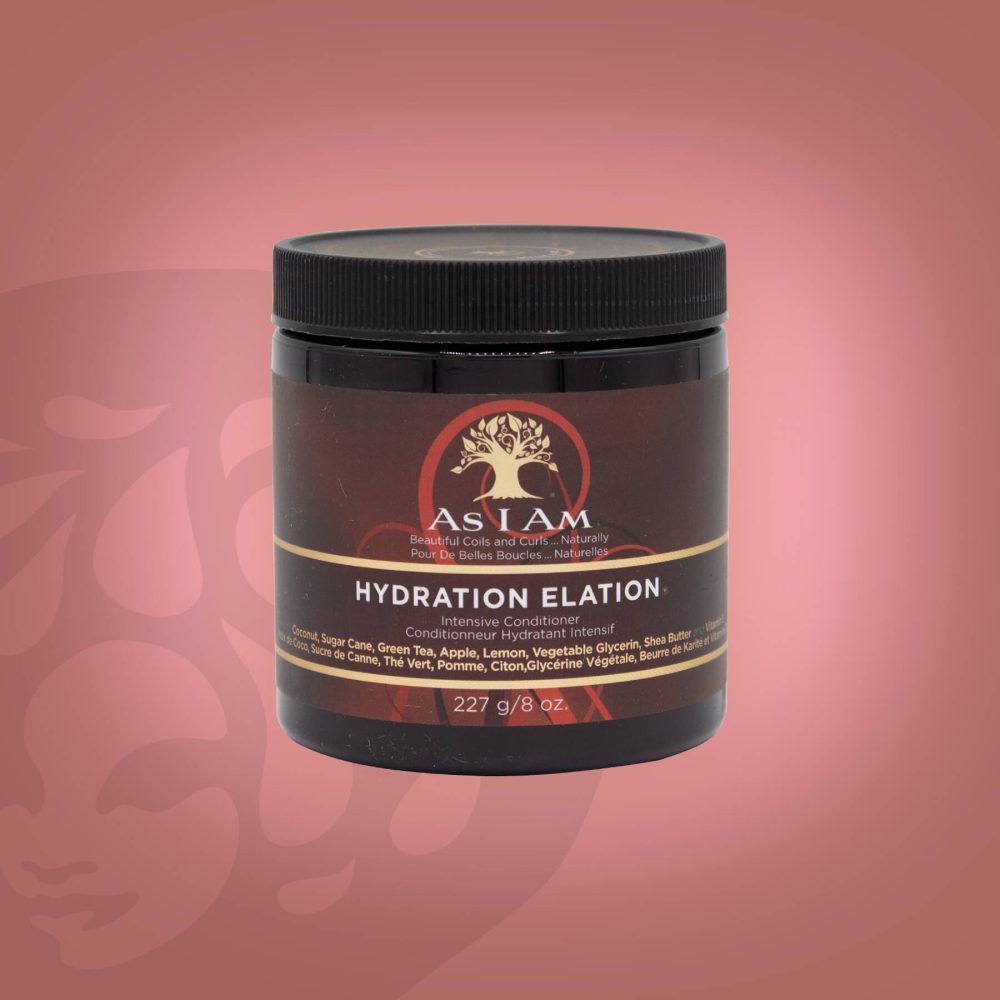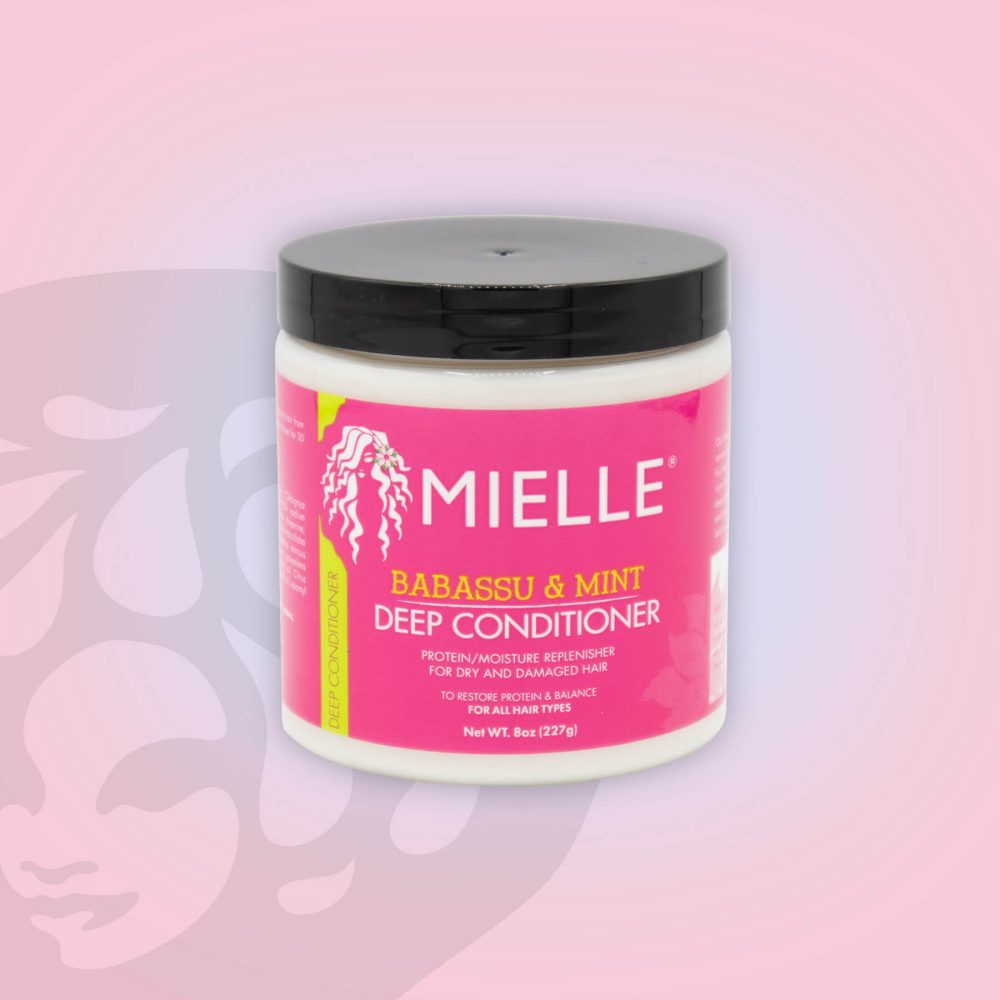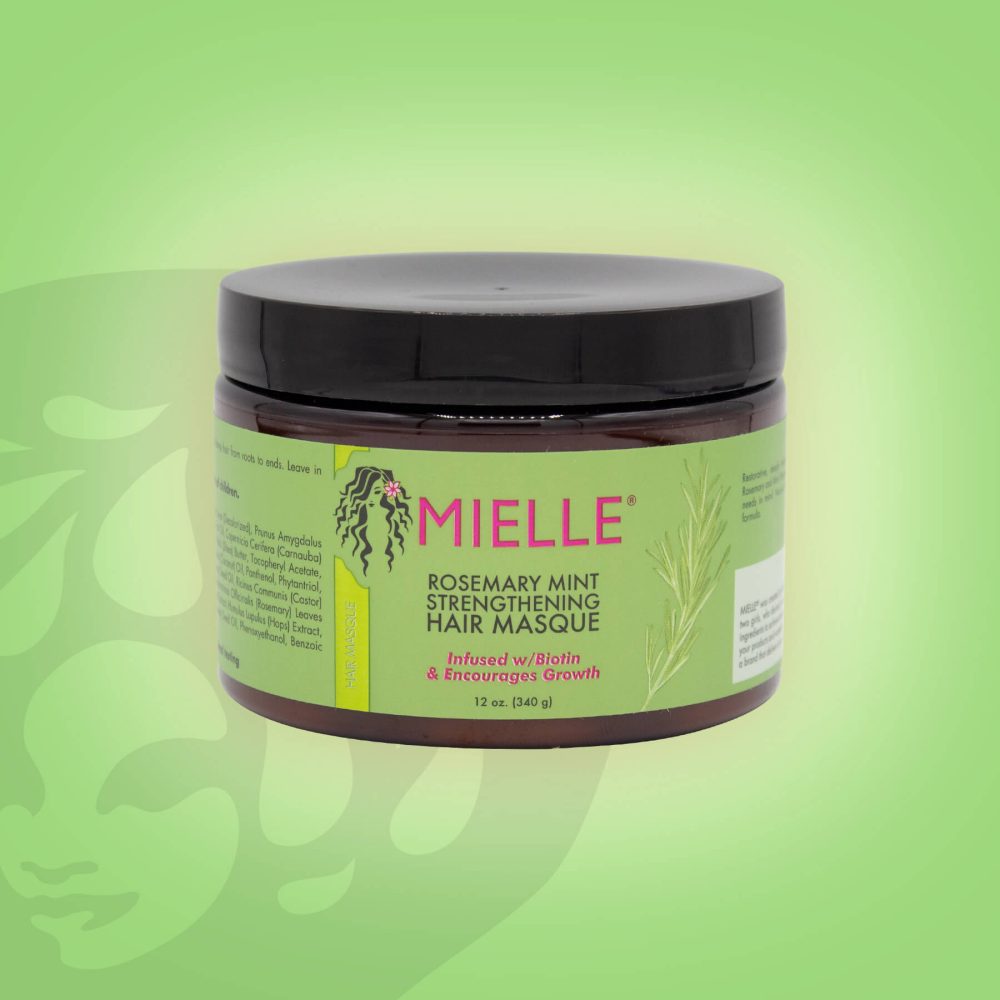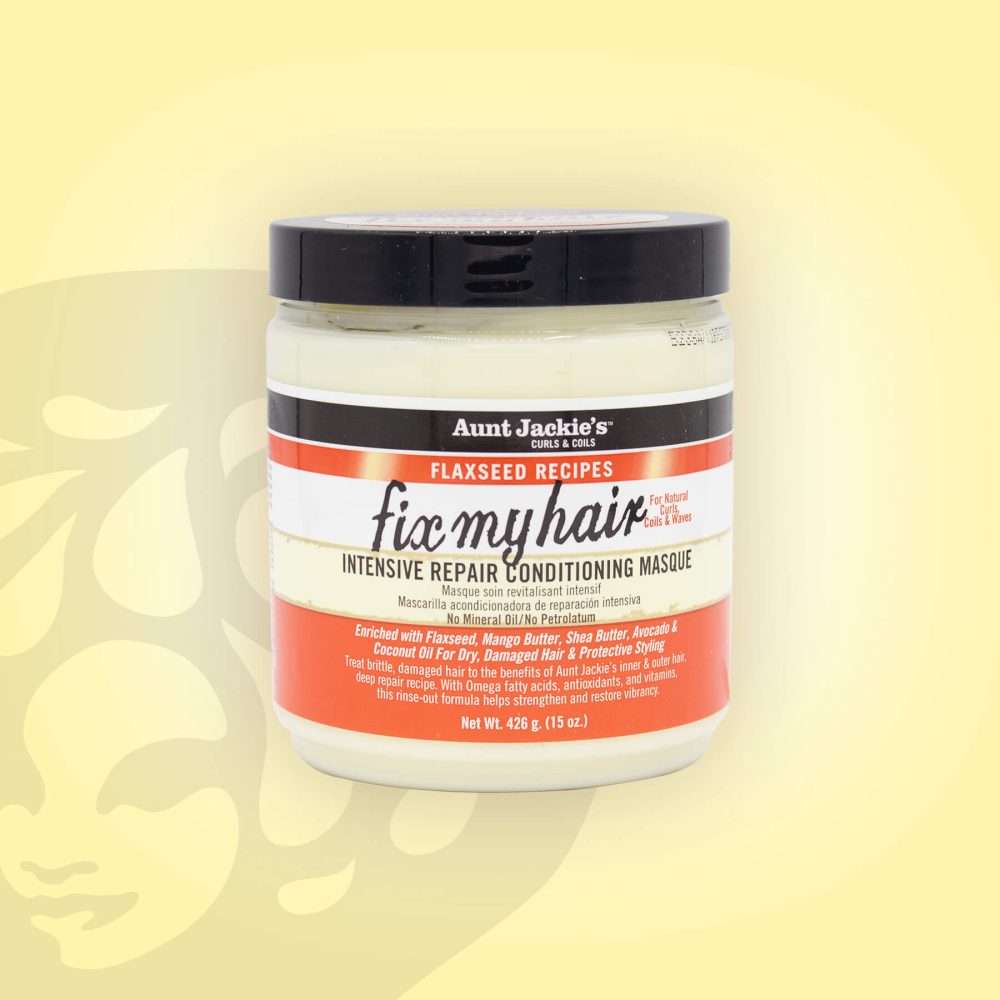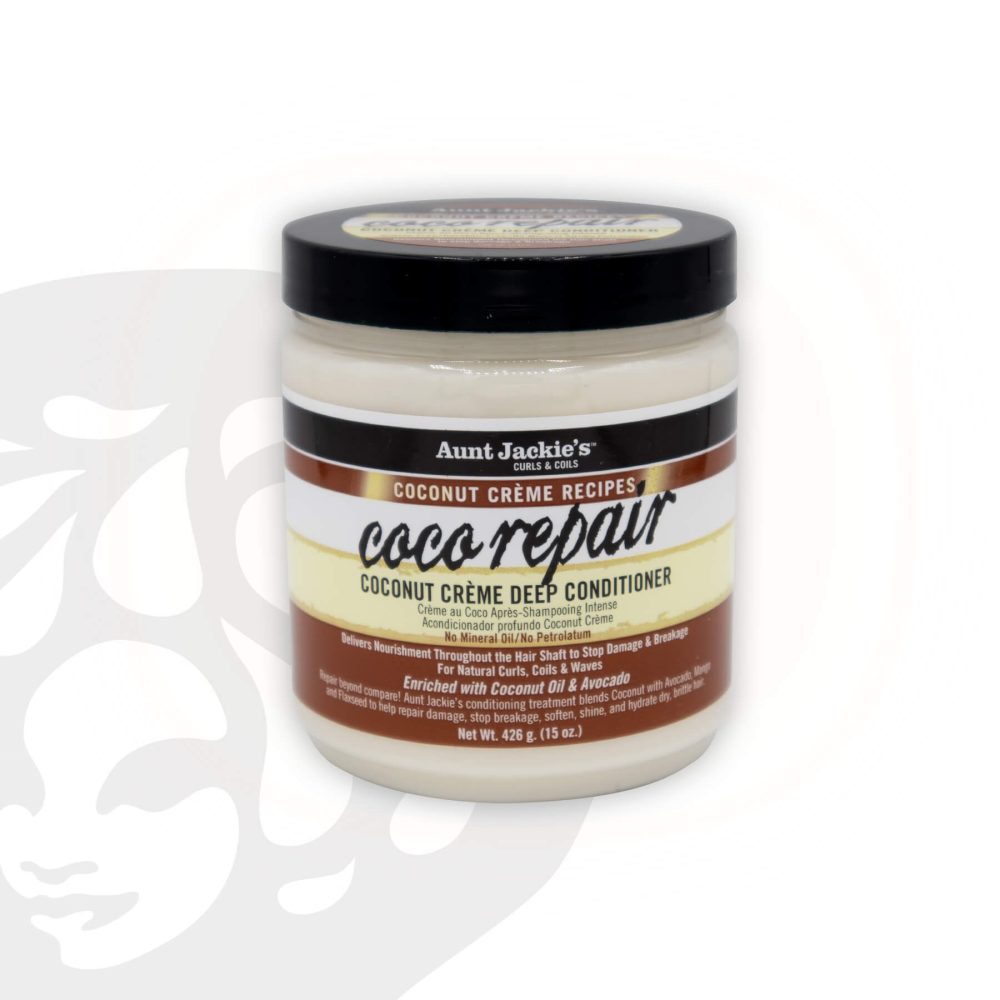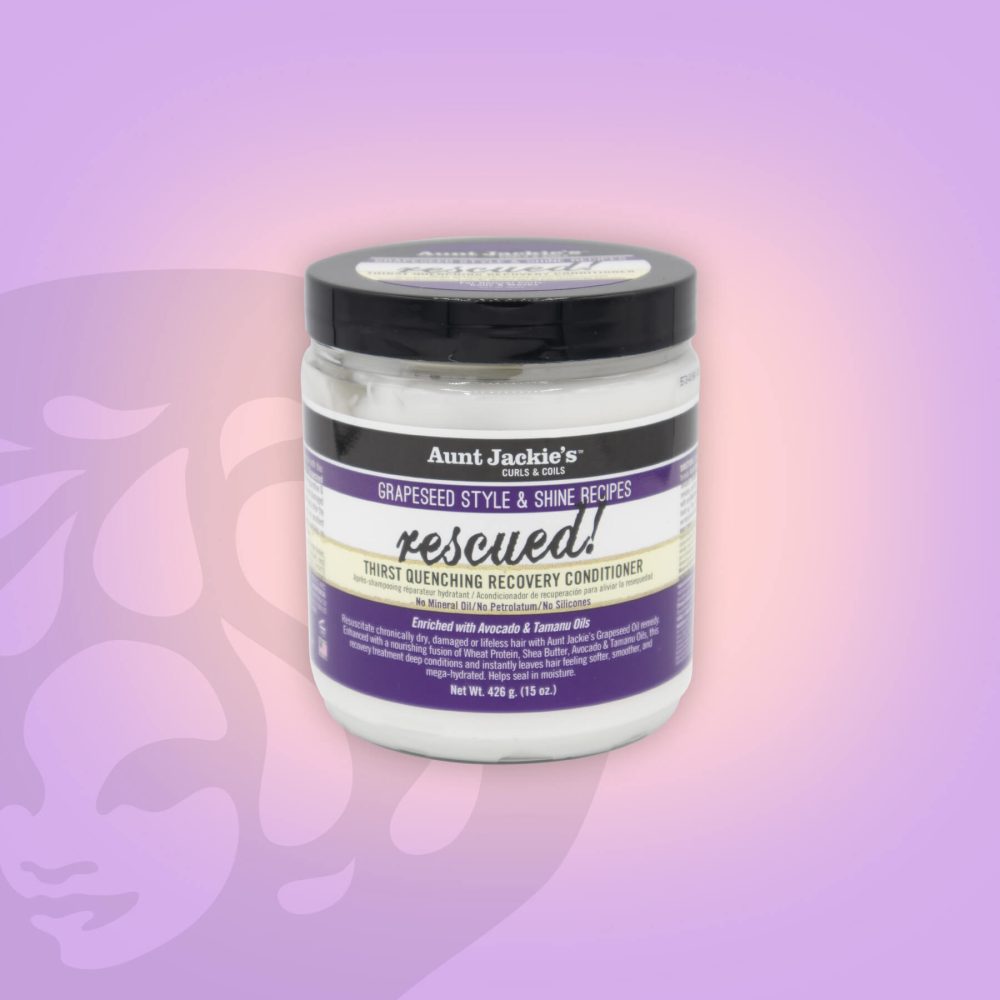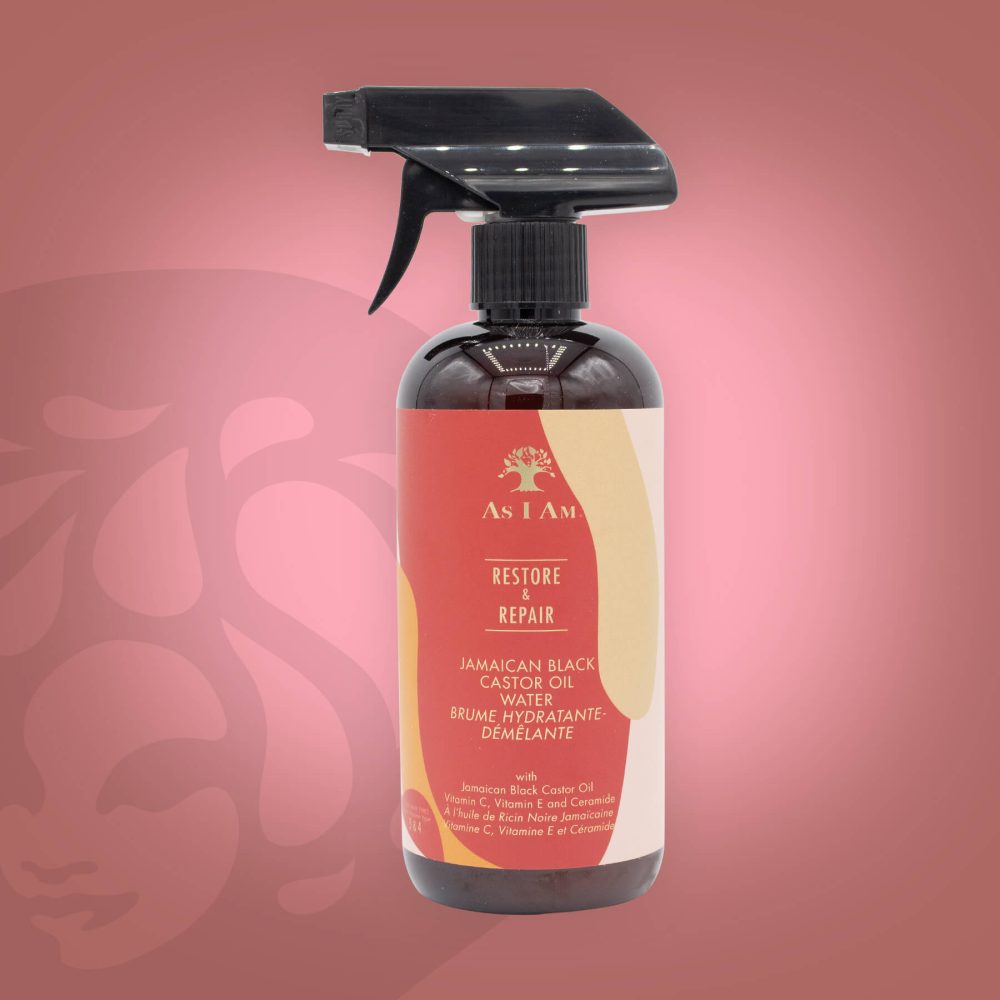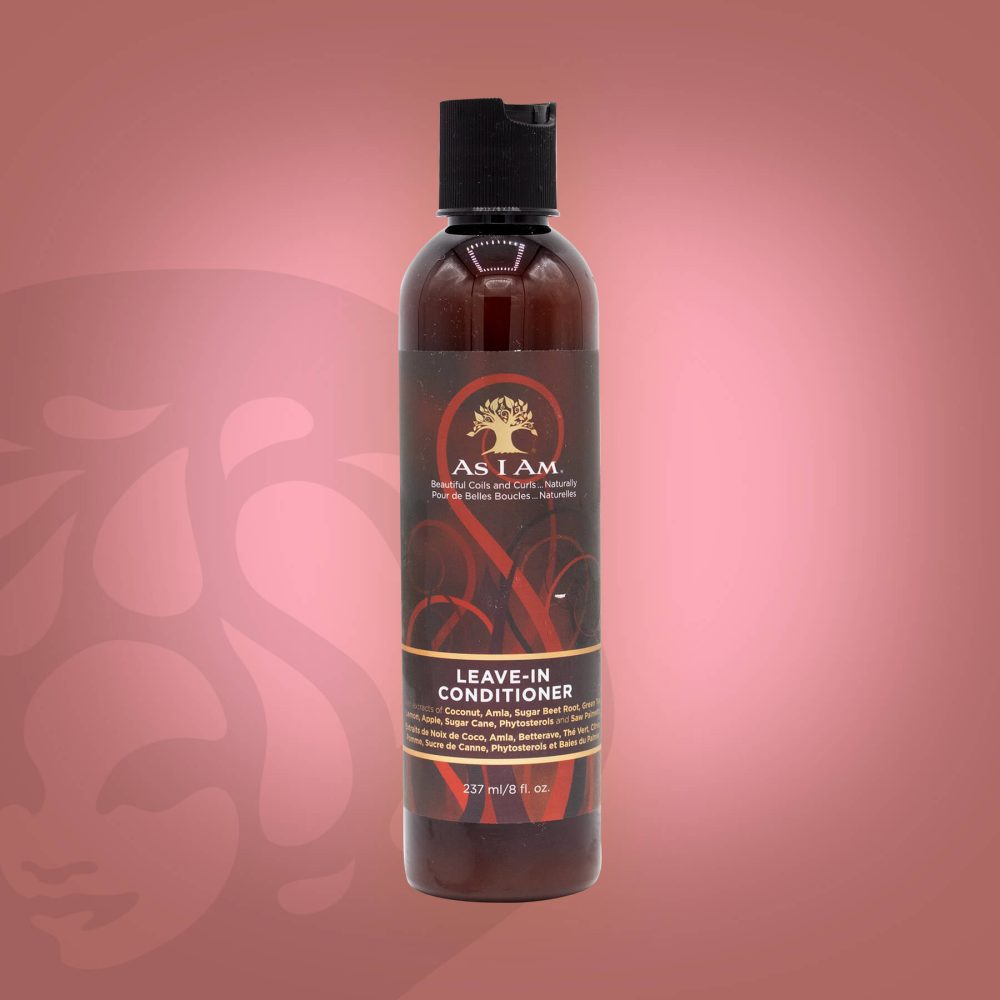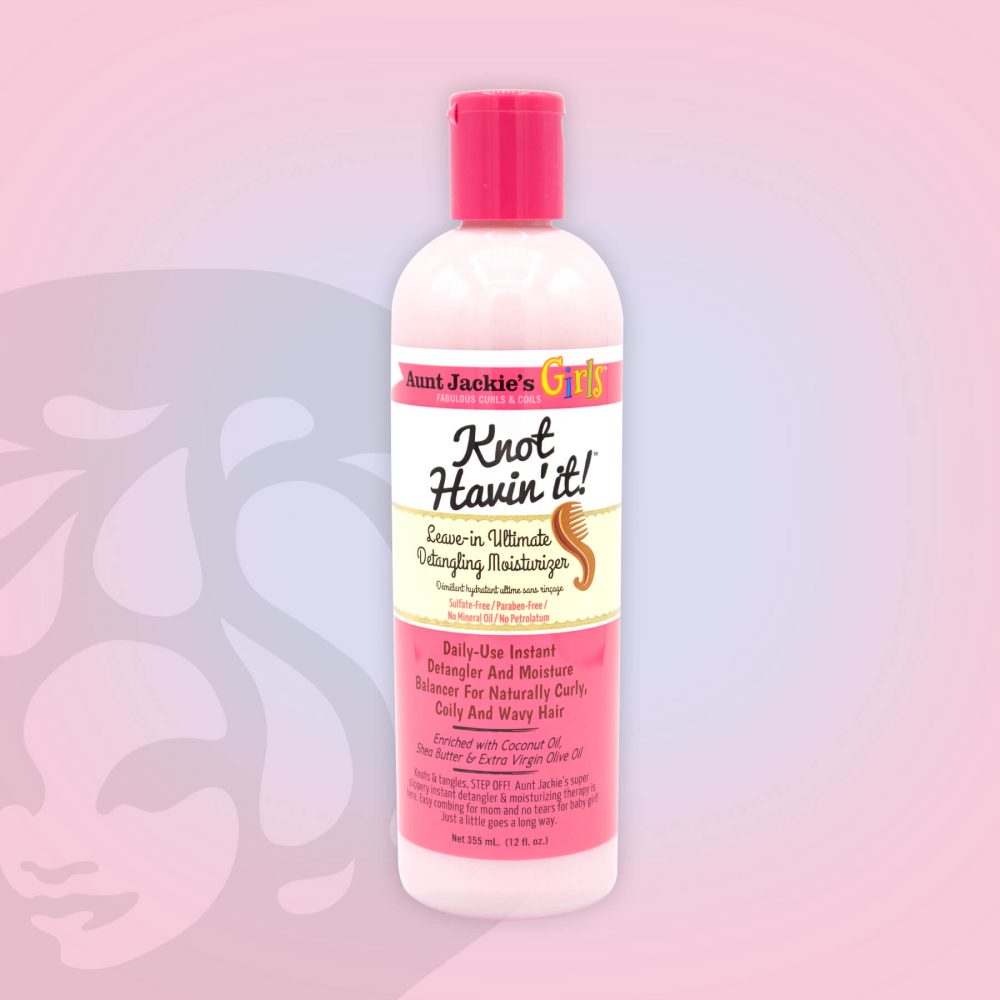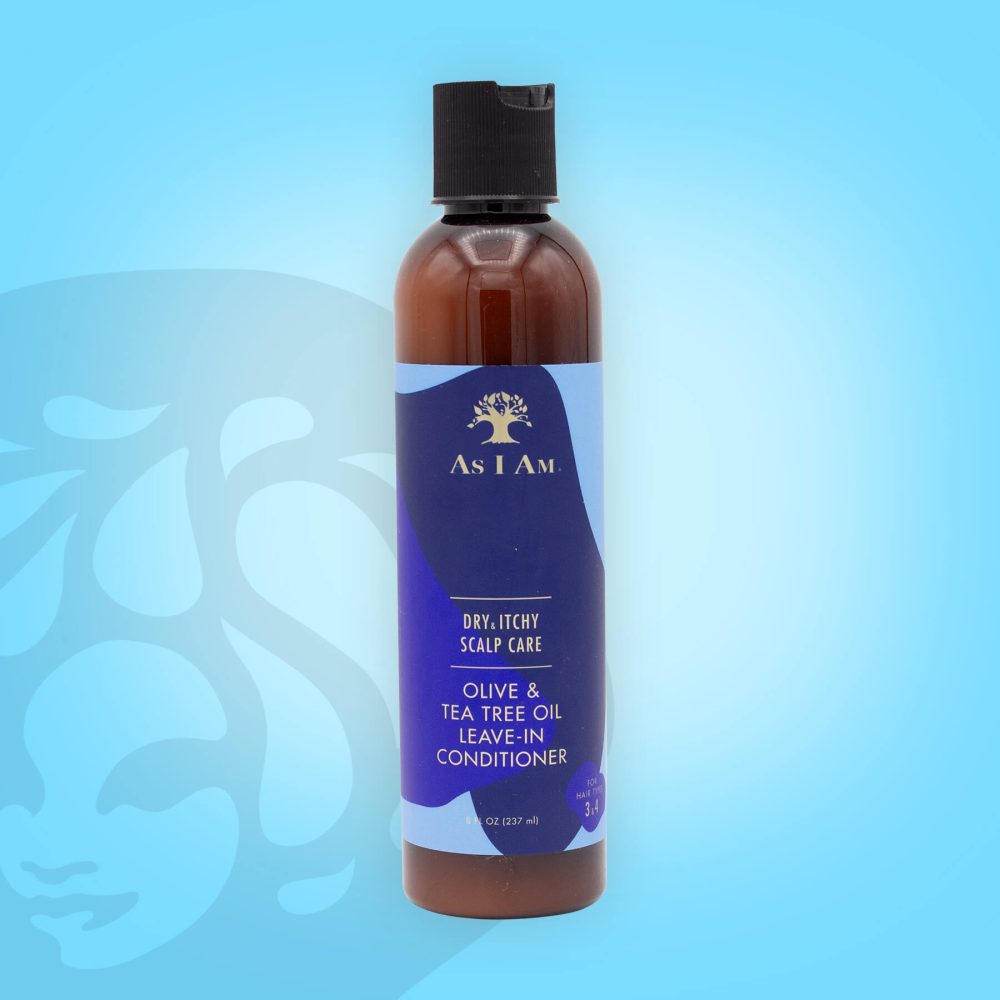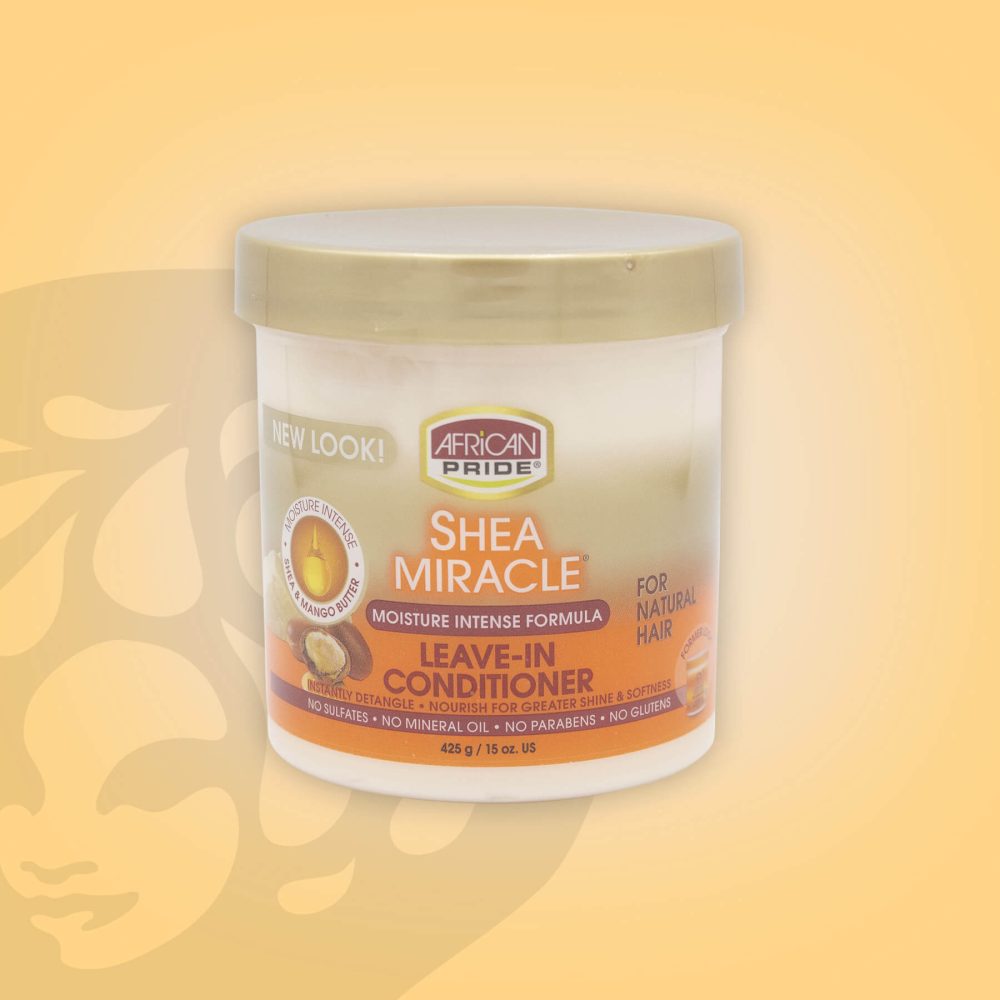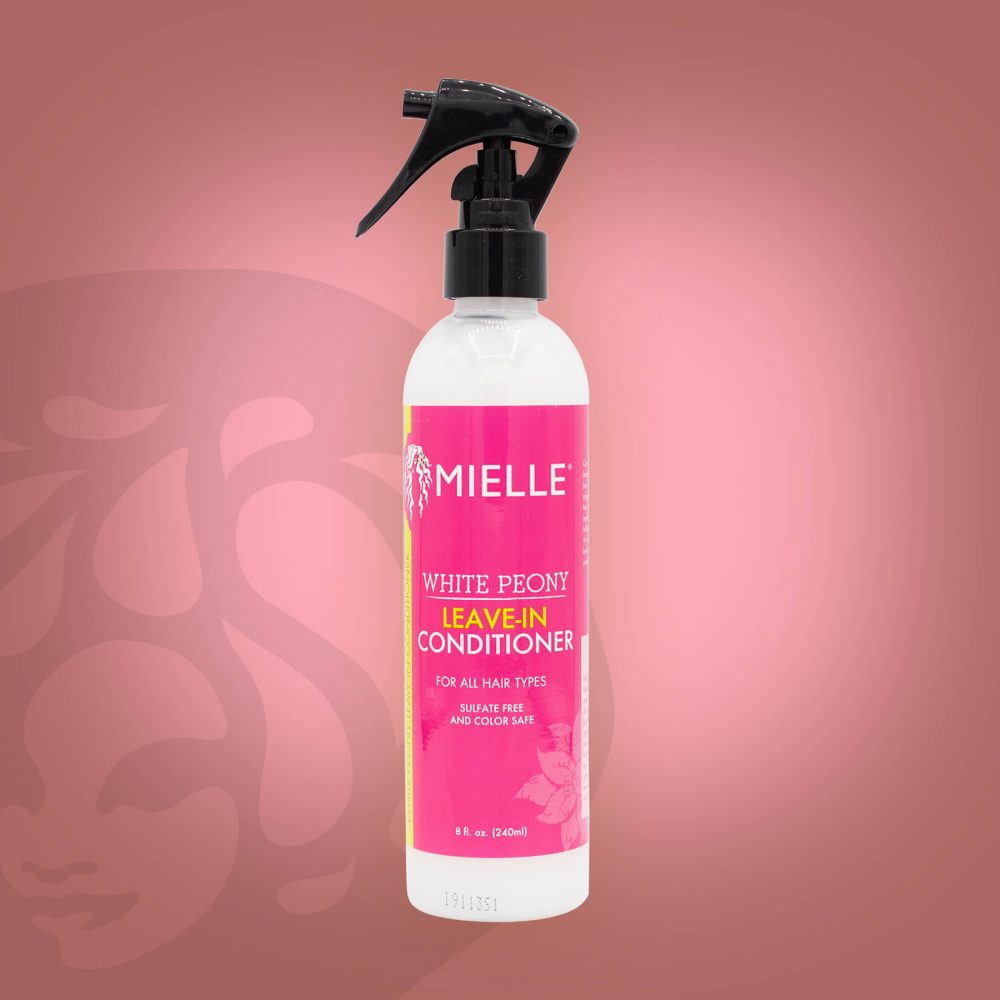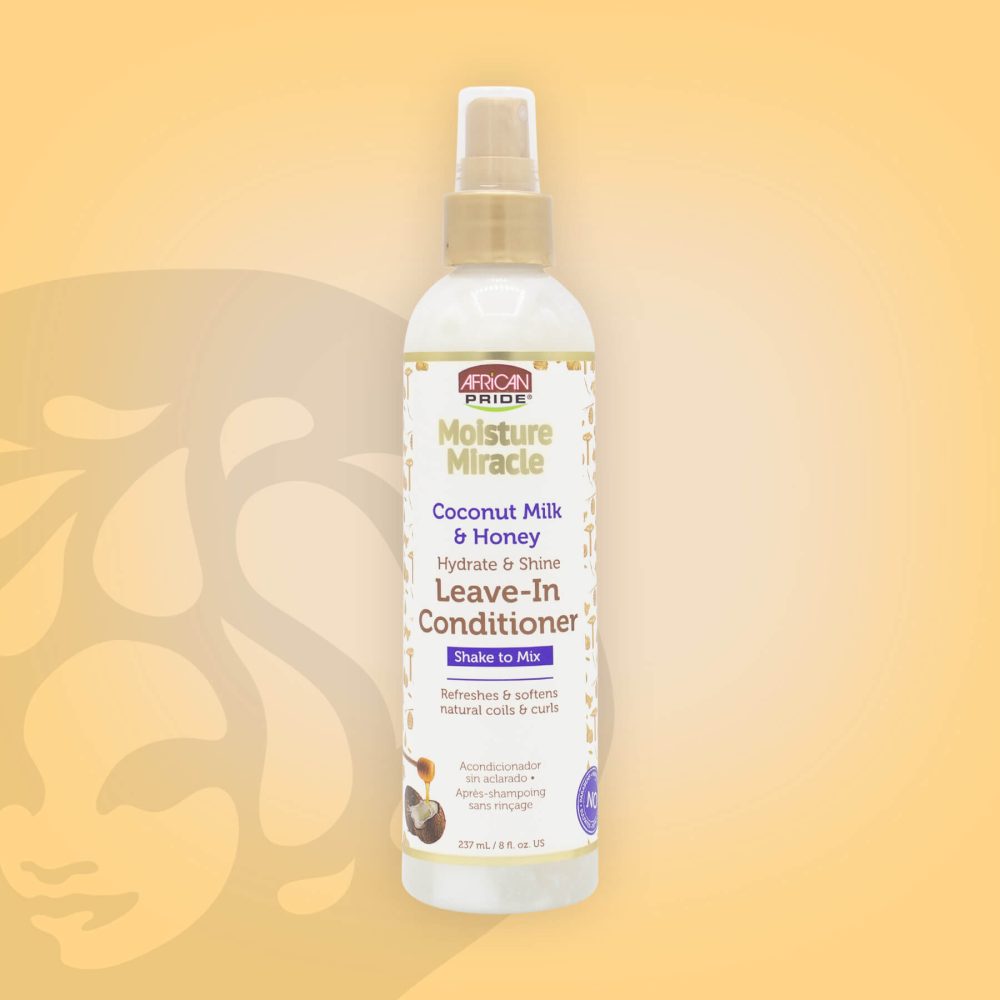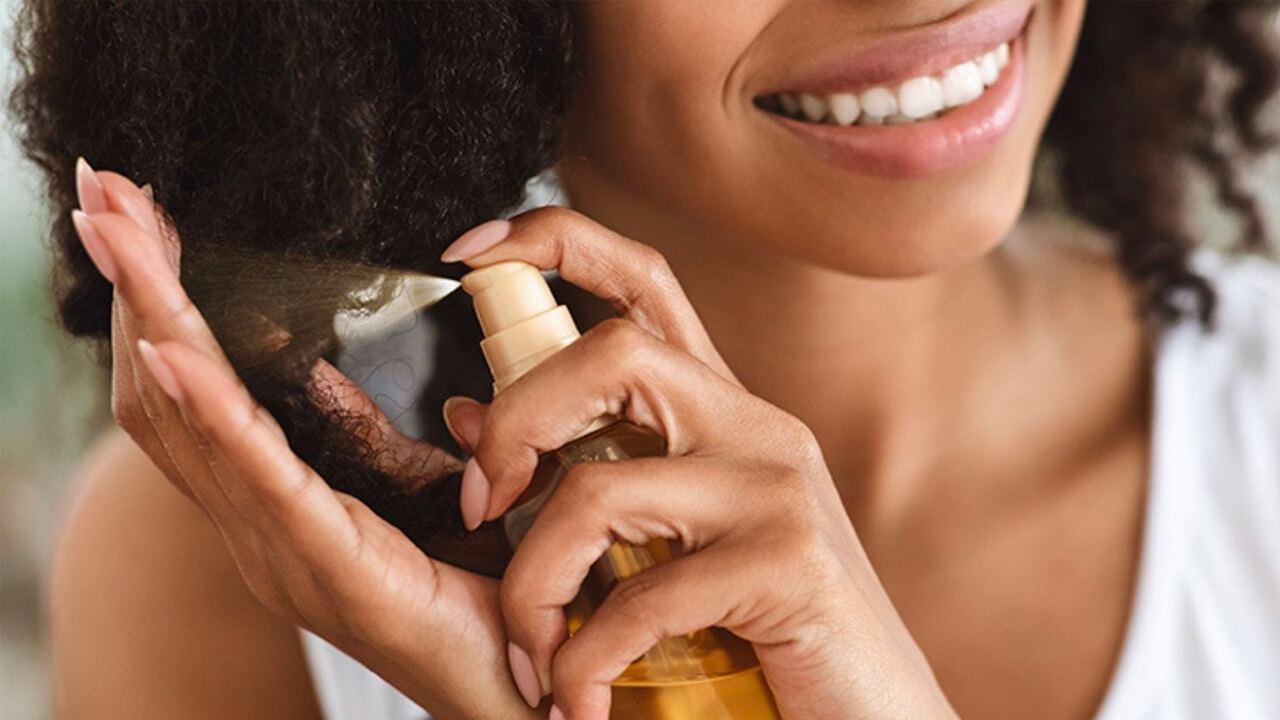So, here’s the thing about hair care — the only way that you can get optimal results is if you really understand what type and texture of hair that you have (you can watch these videos to figure out your hair texture:
Shoot, even then, in order to avoid frizz and breakage, so that you can get the best-looking curls while keeping as many inches as possible, you need to know what type of hair porosity you’ve got — high, normal or low.
And just what is hair porosity all about? The long short of it is, it’s how easily your hair is able to retain moisture. And since moisture is critical to hair styling and hair growth, I wanted to share some insights on that today; more specifically, what you should do if you happen to have low porosity hair which actually is rarer than the other two. Are you ready to learn more about it? Let’s do this.
What Exactly Does It Mean to Have Low Porosity Hair?
While I’m pretty sure that you’ve heard terms like “low porosity”, “high porosity” and “normal porosity” before, I wouldn’t blame you one bit if there was a random exam with a million-dollar prize and you still we’re able to break things down into Layman’s terms.
Probably the best way to describe everything is low porosity is when the cuticles of your hair are so closely knit together that it’s difficult for your strands to absorb the moisture that they need to remain healthy.
High porosity is when your cuticles are so widely spaced apart that it’s very easy for things like oils, water and other conditioners to penetrate your tresses; problem is, the moisture has the ability to leave as quickly as it came.
Normal porosity is when your cuticles are positioned in such a way that it’s relatively easy for moisture to get into your hair and remain moisturised.
Since this particular article is all about low porosity hair, a “pro” to having this kind of hair is it does tend to be pretty strong and, when it is well-moisturised, it tends to offer a beautiful sheen (especially when it comes to dark hair).
Two of the biggest challenges include the fact that it can become dry and brittle quicker than the other two porosities and it can be difficult for dyes and other forms of chemical processing to take to it.
These issues can lead to frizzing, split ends and hair that lacks in length retention, if you’re not careful. And just what are some of the signs that you could actually have porosity hair? If your hair is dry more times than not, it takes a long time for it to get wet when you’re in the shower or it’s very prone to product buildup, that could be exactly what’s going on.
This is why it’s so important to know what kind of hair porosity that you have because again, at the end of the day, healthy hair consists of moisturised hair and you can’t figure out what works best for you without knowing if low, high or normal is what you’re personally dealing with. And just how do you figure it out? Luckily, there are all kinds of hacks that can assist you. Check out these videos to work out your hair porosity:
6 Things to Keep in Mind About Low Porosity Hair
Pre-poo for sure
If you happen to have low porosity hair, since retaining moisture is such a challenge for you, it’s important that you pre-poo your hair prior to shampooing and conditioning it.
The reason why is because shampooing (especially if you use one that contains sulfates) can dry out your hair, so you need to add some oil to your locks, before washing them, so that you can maintain a balance of moisture which will keep your hair soft and so much easier to detangle. A cool pre-poo routine that can walk you through the process is featured here.
You’ll have to go above and beyond to get products to penetrate.
Unfortunately, for you, getting your hair to maintain moisture isn’t as easy as just putting on a conditioner and letting it sit for five minutes.
You’ll definitely need to deep condition your hair (let a thicker conditioner sit on your hair for no less than 30 minutes) and you might want to consider applying what is known as the LCO method.
It stands for Liquid, Cream, Oil and it means that you should apply these items, in this order, for maximum moisture retention on your wash days. This brings me to my next point.
Best deep conditioners for low porosity hair
As I Am Classic Hydration Elation Intensive Conditioner
£12.99It’s one of the most popular drops from As I Am and it’s clear to see why! It’s super rich, smells incredible and it’s loaded with epic ingredients like shea butter and green tea. Even better news? A little really does go a long way!
Curly Kids Deep Conditioner
£5.99Deep moisturisation and a quick rinse formula that’s perfect for kids that refuse to sit still! – it’s two thumbs up from us.
Mielle Organics Babassu Oil Mint Deep Conditioner
£11.99One of the best deep conditioners for the money full stop! Super rich in nourishments, designed to moisturise to the max, plenty of slip to aid wash day detangling. It’s so popular and now you know why!
Mielle Organics Rosemary Mint Strengthening Hair Masque
£9.99First off, it smells DIVINE, secondly it’s one of our absolute fave hair masques with a light yet incredible invigorating scalp effect thanks to the mint and last but not least, it does exactly what it says on the tin! Formulated to strengthen hair, reduce breakage and knock out hydration for your kinks and curls.
Aunt Jackie’s Fix My Hair Flaxseed Intensive Repair Masque
£5.99We’re big fans of Aunt Jackie’s and particularly this drop, Fix My Hair; a great value deep conditioning masque that’s the perfect prep step for protective styling. It’s thick, rich and it smells great! Oh and of course, if leaves your kinks and curls nourished, hydrated and on point.
Aunt Jackie’s Coco Repair Coconut Creme Deep Conditioner
£6.99Curls looking dry and dehydrated? With naturally moisturising coconut oil and avocado, this buttery conditioner wants to show your hair some love that lasts all day long! Aunt Jackie’s Coco Repair Coconut Creme Deep Conditioner hydrates, smooths, and refreshes curls from scalp to tip.
African Pride Black Castor Miracle Detangling Masque
£4.99The slip game is so real – A detangling heavyweight effortlessly tackling knots and helping you take down your braids. It also rehydrates even the driest of curls and kinks and it smells LUSH! This drop from African Pride is a miracle by name and by nature.
Aunt Jackie’s Rescued Grapseed Conditioner
£7.99Hair so dry and damaged that it needs urgent resuscitation has a lifeline! Infuses your hair with replenishing moisture to eliminate dullness and dryness. Not only do you give your hair life and lustre, your tresses feel softer, smoother and fully hydrated too. A full recovery? For sure!
Opt for water over oil
When it comes to products that you choose to put onto your hair to get it the moisture that it craves, you might think that oil-based ones are best; not true for low porosity hair.
However, did you see that in the LCO method, it was liquid that was mentioned first and oil that was listed last? Water is always going to be the best moisturiser for both hair and skin, so when you’re looking for products to use, definitely make sure that “water” is the first ingredient listed on the label. That means it has more water in it than anything else; for you, that’s a good thing. Very.
Best leave-in conditioners for low porosity hair
As I Am Restore & Repair Jamaican Black Castor Oil Water
£9.99One of our best sellers hands down. This drop from As I Am is the ultimate curl refresher and ‘L’ in your LOC or LCO routine. A light and pleasant fragrance, moisturising and lightweight. It’s the perfect prep step for styling and moisturises more than just water alone – that’s why we love it!
As I Am Classic Leave-In Conditioner
£8.99Epic hydration, softness and shine never felt (or smelt) so good! This hugely popular drop from As I Am gives you real Curl Power by adding moisture and shine. Creates the perfect foundation for gels, custards and styling creams as it stops them flaking and hardening. A quick squeeze of the bottle and you’re set to style!
Aunt Jackie’s Kids Knot Havin’ It Detangling Moisturiser
£5.99Breakage, dryness, knots and grease- we’re knot havin it! An easy peasy, ultra slippery everyday leave-in conditioner perfect for your child’s curls and coils. It’s all about nourishing natural hair and making life a little easier. Detangling and styling is a breeze, plus curls are left moisturised and defined!
As I Am Dry & Itchy Scalp Care Leave-In Conditioner
£8.99The ultimate anti-dandruff leave-in conditioner – FACT! Say goodbye to dandruff and a flaky, itchy, and dry scalp with this nourishing and active leave-in that’s loaded with tea tree oil (proven to soothe dry skin) and coconut oil. Define, nourish and tame your curls AND care for your sensitive scalp in one go. That’s a triple win right there!
Mielle Organics Pomegranate & Honey Leave-In Conditioner
£11.99One of the best leave-in conditioners made specifically for low porosity and type 4 hair. Loaded with honey (a natural humectant to help hydrate and lock in moisture into hair). It’s also got plenty of slip too to help with detangling before styling. Oh, and it smells incredible!
African Pride Shea Miracle Moisture Leave-In Conditioner
£4.99Get your natural kinks coils and curls poppin’ with African Pride Shea Miracle Moisture Intense Formula Leave-In Conditioner. This deeply hydrating leave-in treatment provides hydration to activate beautifully defined curls. Smells so good too!
Mielle Organics White Peony Leave-In Conditioner
£11.99Lightweight yet nourishing and packed full of punch to protect and nourish your hair all day through. It’s an on-the-go essential and it tackles dry, dull hair with ease. It also smells fab, so it’s a triple threat and it’s gentle enough to use daily. We’re big fans!
African Pride Moisture Miracle Coconut & Honey Leave-In Conditioner
£5.99A moisture-packed leave-in! Loaded with coconut milk and honey, it’s great for kinks and tight curls. Helps to hydrate, soften and works beautifully for your LOC or LCO regiment too. What’s not to love!?
Do some steaming
When you’re in the process of deep conditioning your hair, something that you may want to do is steam it.
Steaming helps to open up your hair’s already tight cuticles, so that it’s a lot easier for your tresses to take your products in. Although there are many steamers on the market, one that gets pretty impressive reviews is the ZENY 2 in 1 Mini Ozone Facial Steamer and Hair Steamer; that’s because it’s portable (a tabletop model) and you can use it on your face as well.
You’ll need to use a clarifier (or a couple of ‘em)
Remember what I said about product buildup earlier? If you’ve got low porosity hair, something else that you’re going to need to do is clarify your locks more than other hair porosity types need to do.
All this means is you will need to shampoo your hair with a brand that uses sulfates to remove product buildup. Or, if you want to take a gentler approach, you can always apply an apple cider rinse once you’re done shampooing your hair; it’s awesome because it will also remove buildup while restoring your hair’s pH balance, encourage shine and keep your hair pretty soft in the process.
Protein isn’t exactly your friend
This one might sound wild yet that doesn’t make it any less true.
Although your hair is made up of mostly protein (keratin), because your cuticles are already pretty strong and protein has a way of making hair even stronger, you should probably scale back on routine protein treatments (which are recommended every six weeks or so) because they could make your strands so stiff that they end up breaking off.
Instead, consume foods that are high in protein (like meat, fish, eggs, beans and yogurt). Also, when it comes to hair products, look for the kind that are protein-free. And what if you really want to add some protein onto your hair?
Honey has traces of protein in it and, by adding a tablespoon or so to your conditioner, it can be great for your hair because it’s loaded with nutrients (like copper, iron and zinc) and it acts as a humectant. That’s awesome because humectants literally draw moisture from the hair into your hair.
While I could go on and on about this topic, consider this to be a “cheat sheet” when it comes to low porosity hair. If confirm that you’ve got this kind of hair and you follow these tips, I’m certain that you will be on the way to having the kind of hair you want and deserve — full, long and moisture-rich. Enjoy!
